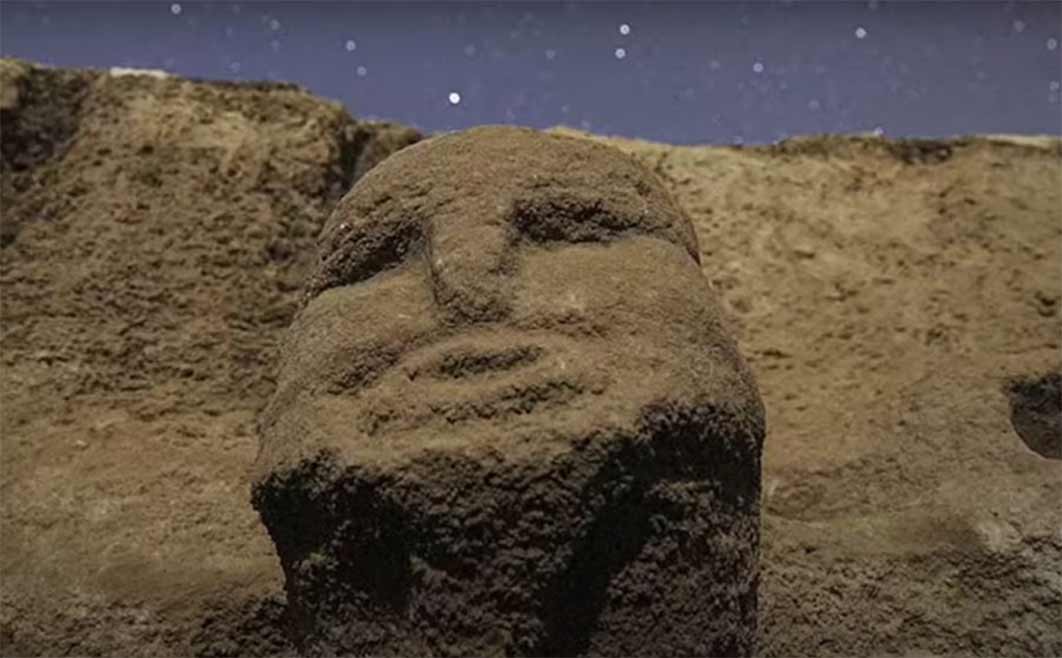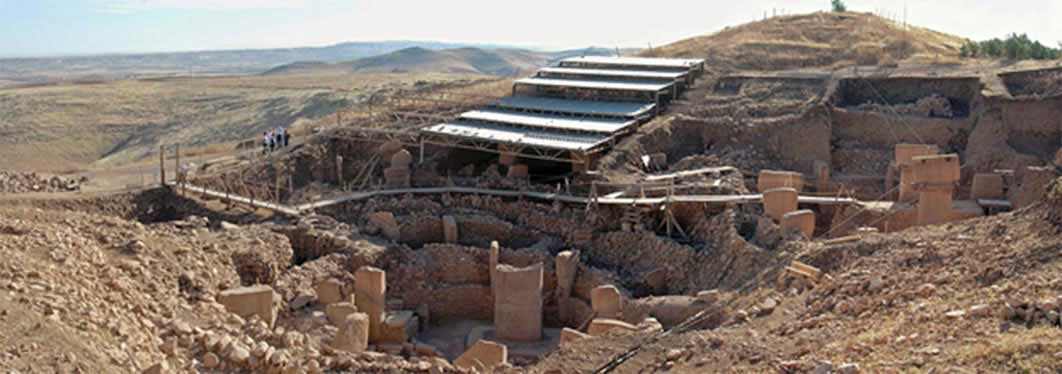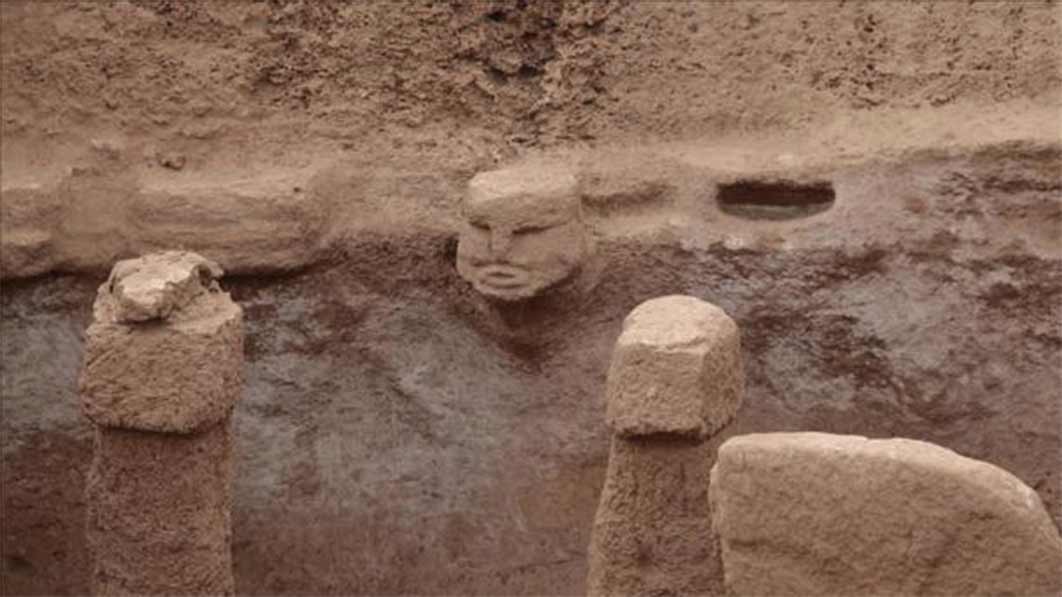
Taş Tepeler: Anatolia’s Land Of Great Transformation
Taş Tepeler means “Stone Hills” and refers to an area covering some 200 kilometers (124 miles) in ancient Anatolia, now Turkey, in the vicinity of present day Şanlıurfa. The Turkish Tourist Board has started to refer to the entire area as the ‘Land of Great Transformation’. It is an apt title. As far as anyone knows, this is where our civilization began. About 12,000 years ago, this land was home to a people who were in transition from hunter-gatherers to settled communities. It was the Neolithic (New Stone) Age, the anthropological parameters of which are now in complete flux.
Archaeological excavations at Göbekli Tepe (Rolfcosar / CC BY-SA 3.0)
Discovering Gōbekli Tepe
Up until 1994, when German archaeologist Klaus Schmidt discovered the site now called Göbekli Tepe, part of the Taş Tepeler complex, it was assumed that the geography and the order of events that preceded modern-day civilization were clear cut. First came the invention of agriculture, in areas such as Mesopotamia and Egypt. That led to the development of settled towns and villages, followed by the formation of organized religion. This was archaeological gospel according to all the history books. It formed the bedrock of what was taught in educational institutions from elementary schools through university graduate programs.
Then came Schmidt’s discovery, and everything changed. Göbekli Tepe was first thought to be a temple. That implies organized religion. But it was built before the invention of agriculture. It obviously required a rather large and settled workforce. But it was built, unquestionably, some 12,000 years ago. So how could agriculture, long thought to be some 6,000 to 8,000 years old, have come first in line? The new order now seemed to say religion led to settled communities, which led to agriculture. That is exactly the reverse of what had been taught for generations. Needless to say, shock waves reverberated throughout the whole field of ancient studies.
Human depictions and 3D sculptures are seen after they were unearthed in Karahan Tepe. ( Anadolu Agency )
Taş Tepeler Beyond Gōbekli Tepe
For some time, it was fashionable to say that Göbekli Tepe was the first such project of its time, a unique, stand-alone series of connected structures that represented humankind’s first venture in city, or at least temple, building. But in 1997, the discovery of Karakan Tepe, now being excavated by Necmi Karul, only 46 kilometers (28 miles) from Şanlıurfa, revealed a structure similar to Göbekli Tepe, but perhaps even older. What’s more, unlike Göbekli Tepe, it appears to be both ceremonial and a settlement. Now there are 12 other sites in the vicinity that demand the attention of the Turkish Ministry of Culture and Tourism. Hence the name, Taş Tepeler, or “Stone Hills.” They consist of Karahan Tepe, Harbetsuvan, Gürcütepe, Kurttepesi, Taşlıtepe, Sefertepe, Ayanlar, Yoğunburç, Sayburç, Çakmaktepe, Göbekli Tepe, and Yenimahalle. As far as anyone can guess at present, together they make up the very first example of settled life and social union that eventually formed what is now considered civilization. Here, 12,000 years ago, shelters become houses. Villages appeared. Human beings invented a specialized labor force. Beer was invented. And religion was born.
- Early Artistic Skills Amaze at Turkey’s Neolithic Karahan Tepe Site
- Breakthrough Discovery: Karahan Tepe is Older Than Göbekli Tepe
- Eleven New Neolithic Hill Sites Discovered Near Göbekli Tepe, Turkey
Archaeologists are busy unearthing the techniques required for building such complex structures. They are learning how the work proceeded. They have discovered when they were built. There is no end to speculation about what they were. They obviously know where the great transformation took place. But the big question still remains. Why?
Why Did They Settle At Stone Hills
Why did hunter-gathers wake up one morning and decide to completely upend their way of life? How did they suddenly invent the methods needed to construct such massive, refined edifices, never before seen? What is the meaning of the highly sophisticated carvings of animals and intricately placed cosmological alignments? In short, what happened to completely transform the history of the entire human race? As of now, no one knows for sure. But that has not stopped people from speculating. There have been many theories advanced, sometimes very vociferously, by those competing for headlines.

The Karahan Tepe dig site. (Ancient Architects / YouTube screenshot )






